By Sherman Gengler
Throughout the reign of the Nazi Party in Germany during the 1930s and 1940s, Adolf Hitler’s inner circle comprised a diverse group of men from many walks of life. Each had his specific talents and each played his individual role in the success of the party. Hermann Göring, Josef Goebbels, Heinrich Himmler, Reinhard Heydrich, and others fit into Hitler’s grand scheme in a particular way.
Among this select group of men, however, Rudolf Hess played, perhaps, the most varied role of all. Rudolf Hess’s role in the party engaged him in incredibly diverse activities ranging from participation in the Beer Hall Putsch to taking the dictation of Mein Kampf as Adolf Hitler’s fellow prisoner, culminating in his secret, unauthorized flight to Scotland on May 10, 1941.
From Alexandria to Godesberg am Rhein
Rudolf Hess was born on April 26, 1894, in Alexandria, Egypt. Relatively little is written about him prior to his union with the Nazi Party in 1920. His father, Fritz, was a wholesale merchant and exporter with whom he reported always having a good relationship. Despite having an admittedly good relationship with his parents, Hess was, in much the same manner as his future idol, Adolf Hitler, an “insecure, moody loner and never stood up to the strict demands of his father.” Hess attended a German school in Alexandria and did not move to Germany until he was 12 years old. In addition to this schooling, Hess had a private tutor to supplement his lessons since his father thought the community’s German Protestant School was lacking in discipline.
The Hess family lived in a large German community in Alexandria and, being relatively well off, held a respectable position in that community. Later in his life, Hess reminisced that his first memories as a child in Alexandria were of the birth of his brother, Alfred, and of receiving a toy gun carriage drawn by horses.
In 1908, at the age of 12, Hess attended the Evangelisches Paedagogium school in Godesberg am Rhein, Germany. There, he was confirmed in the Protestant church although, as he later admitted, he never attended its services. Five years later, a 17-year-old Hess, traveling once again, enrolled in a Swiss business school, the Ecole Supérieure, at which he attended classes unfailingly even though he was positive that he neither wanted to be a businessman nor to follow in his father’s footsteps by inheriting the family business. Regardless of his disdain for business, he spent a year in Switzerland before moving again, this time to Hamburg to serve his apprenticeship in an export house. This would allow for his planned role as the third generation of importer-exporters in the Hess family.

Political Influences on the Young Hess
With the outbreak of World War I in 1914, Hess saw an opportunity to escape his future as a businessman. He volunteered and was accepted into the 1st Bavarian Regiment and fought on the Western Front, sustaining the first of what would eventually be three war wounds. During the first year of the war, he was transferred to the Air Corps after being commissioned as a lieutenant. On December 13, 1918, having spent the remainder of his service in the Air Corps, Hess, now 24, was released from duty. He forsook all thoughts of becoming a businessman and entered Munich University. He began a rigorous regime of studying history, economics, political science, and geo-politics, subjects that he would later put into heavy use as one of the leaders of the Nazi Party.
It was at Munich University that Hess was sharply influenced by a number of different sources. First was a geo-politics professor named Karl Haushofer. Haushofer ingrained in Hess a somewhat surreal sense of German history, one laced with references to astrology and the supernatural. Hess believed that Germany could be made great once more through the implementation of Haushofer’s theories despite national feelings of outrage and injustice following the Treaty of Versailles.
In addition to the political influence of Haushofer, Hess was also greatly affected by the anti-Semitic feelings that were prominent throughout Europe in the early 20th century. Often distributing anti-Semitic pamphlets while attending Munich University, Hess was obviously taken in by commonplace feelings of hatred and distrust for the Jewish population. Hess was also influenced by the Thule Society and its ideas of anti-Semitism and occult mysticism. He had received from his professor ideas of restoring Germany’s former glory and political power. Finally, in 1920, Hess found a group with a leader who combined these two ideas into one grandiose message. He joined on the first day of July, becoming the 16th member of the up-and-coming political movement. That group was the Nazi Party, and its leader was Adolf Hitler.
It is really no surprise that an individual such as Rudolf Hess would attach himself to Adolf Hitler and the Nazi Party. Hess, as many accounts state, especially those after 1941, was somewhat neurotic. He found a group that held in common his most treasured ideas and beliefs. Given his mental instability and affinity for the Nazi ideology, he would most likely have become a member even if the group had not been headed by Hitler. Hess was completely captivated by both Hitler’s persona and his political and social ambitions. It was not long after Hess had joined the party that this feeling was reciprocated by Hitler. Hess had written a thesis for Munich University answering the question, “How must the man be constituted who will lead Germany back to her old heights?” Hess’s answer to this question all but mentioned Adolf Hitler by name. Hitler greatly appreciated the views presented in the essay.
Henceforth, Rudolf Hess would follow Hitler’s leadership with unwavering devotion throughout the following two decades. His devotion was such that he brawled with communists and other political activists who attempted to disrupt party rallies and speeches by Hitler.
Had Hess not been so enthralled by the Nazi Party in 1920, he most likely would have further pursued his education. Continuing on in the tutelage of Haushofer, Hess would have advanced in his schooling and earned his doctorate. Of course, it is impossible to say for sure what would have happened if he had not been taken in by the Nazi Party. It was, after all, Haushofer’s teachings that helped him acquire beliefs similar to those of Hitler and his followers.
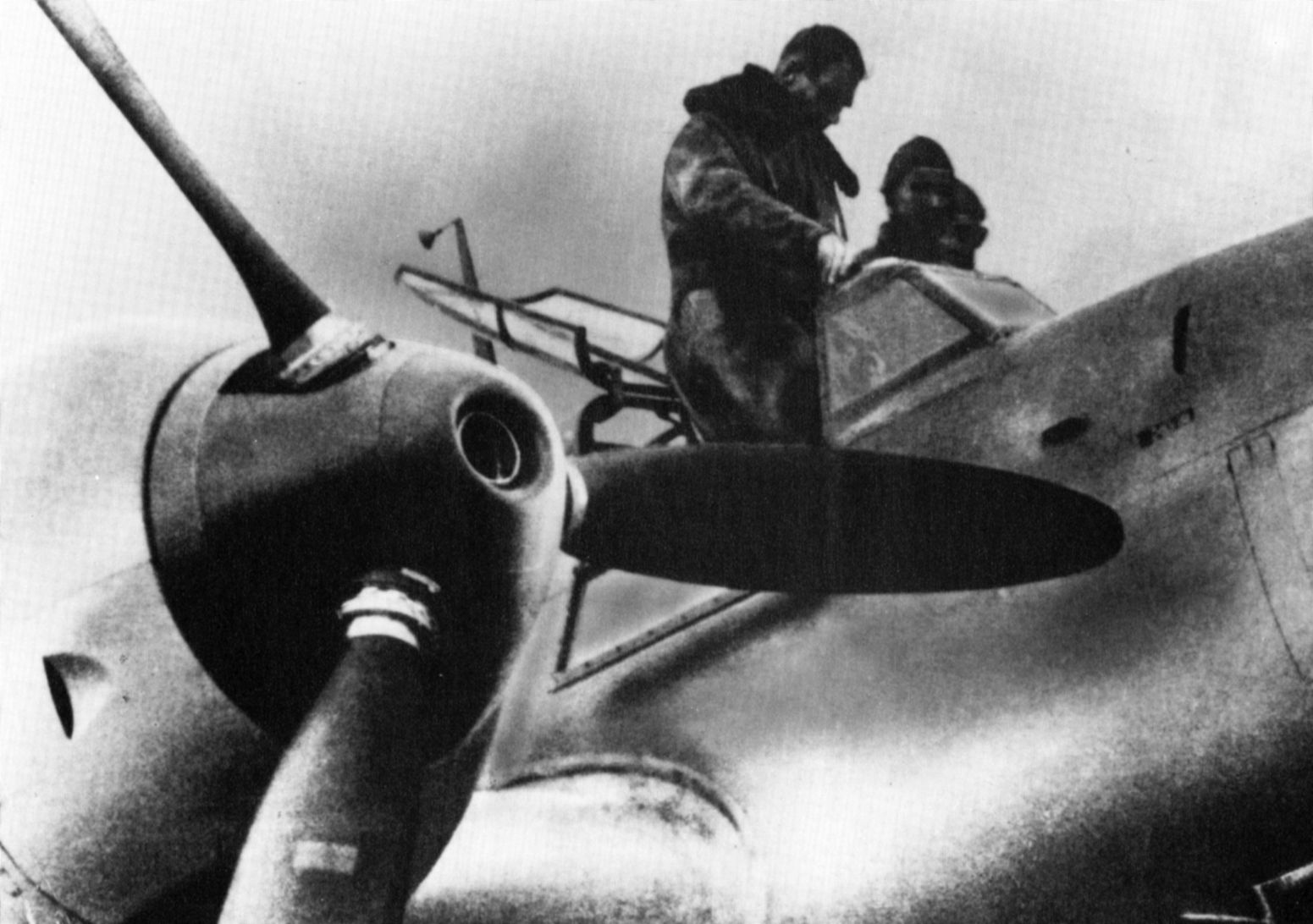
Hess in Landsberg Prison: The Dictation of Mein Kampf
Despite his active participation in the Nazi Party after 1920, Hess does not really appear in any history books until three years later.
Although near the end of 1922, Hess, a senior at Munich University and a veteran of the army, formed an SA (Brown Shirts) student battalion for the local Munich regiment, it is not until November 8, 1923, that he becomes a notable figure in the story of the Hitler and the Nazis. On that date Hitler and his companions staged the Munich Beer Hall Putsch. Hess was present at this event and participated along with many of the early members of the party. Hess and some storm troopers prevented a number of Bavarian cabinet members from escaping the beer hall along with the crowds of people. That night Hess also participated in the rounding up of hostages to use for negotiating with the police commander the next day.
Following the putsch, all of the Nazi leaders were arrested, with the exception of Hermann Göring and Rudolf Hess, both of whom had fled to Austria. For leading the uprising, Hitler was sentenced to five years in Landsberg Prison. During the summer of 1924, Hess returned from Austria. He did so voluntarily in order to be sentenced and imprisoned along with his leader. While Hess was serving his 18-month sentence, he made his contribution to what would be one of the most influential works of the era.
In Landsberg Prison, Hitler began to write his book, Mein Kampf. Initially, Hitler began dictating his book to Emil Maurice, but upon his arrival at Landsberg, Hess took over the duty of putting the Nazi leader’s words to paper. After their release from Landsberg Prison, Hess continued dictation near Berchtesgaden at Haus Wachenfeld and did his best to transform Hitler’s ramblings into a manuscript. It seems fitting that someone as steadfastly dedicated to Adolf Hitler and the Nazi Party as Hess would receive the “honor” of assembling such a monumental book as Mein Kampf.
Deputy Führer Rudolf Hess

When they were released from prison after serving only a few months of their sentences, Hitler and Hess were free to return to their work with the Nazis. By this time, Hess had become Hitler’s unofficial personal secretary, transcribing not only Mein Kampf but also various pieces of propaganda. On July 20, 1929, Hess was finally given an official position within the party. On that day he was officially named Hitler’s personal adjutant, by Heinrich Himmler, leader of the SS. Hess continued in this position until April 21, 1932. He was then given an even higher position. Hitler decreed, “I hereby name to be my deputy, the leader of the central political commission, Party member Rudolf Hess, and give him all the powers of attorney in all questions of decision of the Party leadership to be decided in my name.”
As deputy leader of the party, Hess was now one of the most important figures in the Nazi leadership. He essentially had command over all legal issues and was trusted enough by Hitler to use this command at his own discretion. Hess was still, in effect, Hitler’s personal secretary, opening and often answering the Führer’s mail and acting as a general liaison between Hitler and various other factions of the party. A number of important decisions were left to Hess as well. He was also responsible for much of the routine business concerning party organization and functions.
From April 21, 1932, to May 10, 1941, while Hess held the position of deputy führer, he was heavily involved in a variety of different activities. One such activity was issuing directives on the proper functioning of the party. For instance, it was his duty to warn the party at a 1938 rally to be wary of discussing sensitive party issues with their families because of security concerns. Along with other party members such as Dr. Robert Ley and Martin Bormann, he established a nationwide network of administrative groups to help deal with the vast task of running a nation. These groups had their own interior structures with the leader, or Reichsleiter, of each group reporting directly to Hitler. Hess and Bormann, although formally of higher rank in the party, often acted more as couriers or liaisons between the Reichsleiters and Hitler than as superior officers.
Hess’s position as deputy führer also required him to keep tabs on the enrollment of new recruits into the party. To Hess, “the ‘basis of spontaneity as one of the most valuable and important symbols of the movement’ was to ‘be preserved completely.’” This meant that Hess did not want anyone to be pressured into joining the party. He felt that the inner meaning of a person’s recruitment was somewhat lessened if that person joined against his will. Hess also reinforced the party’s beliefs on racial purity in its recruitment. He repeatedly stressed that those applicants who had a spouse who “was not free of Jewish or colored racial mixture” or those with “half-breed” children were to immediately be refused admission into the party. These decrees show just how important the institutions of Nazism were to Hess.
Hess’s job description allowed him to make decisions without Hitler’s direct counsel. A prime example of this is the command sent out directly following the events of Kristallnacht, or the Night of Broken Glass, on November 9, 1938. This command from Hess’s office forbade the burning of Jewish businesses, and the order disclaimed any responsibility by the party for the riots. Once the rest of the world realized what was happening in Germany, Hess took the initiative and made an attempt to cover up the truth. By denying responsibility for the pogrom and appearing as though they were attempting to alleviate the problem, Nazi officials, including Hess, averted a great deal of scrutiny from other nations such as Britain and the United States.
A Botched Attempt at Negotiation
All of Hess’s achievements and responsibilities aside, though, he was really not known on a worldwide level until 1941. On the night of May 10, he boarded a Messerschmitt Me-110 fighter aircraft and piloted the plane over 900 miles to England. The exact reasoning behind this self-appointed mission remains something of a mystery to historians. Hess did indeed explain his objectives, but one can only speculate as to whether he actually thought he could succeed in those objectives.
Hess explained that he had undertaken the mission to attempt to negotiate a peaceful end to Germany’s war with Britain. Hess, being close to Hitler and at times his only friend and confidant, recognized Hitler’s desire for peace with Great Britain and an eventual alliance between the two countries against the threat of Soviet communism. Hitler respected the British peoples as a fellow “Nordic” race. Hess also knew of the impending war with Russia and saw the disadvantage of Germany fighting on two fronts. The way to solve all of these problems, in Hess’s mind, was to fly to Britain and engage in peace negotiations himself.
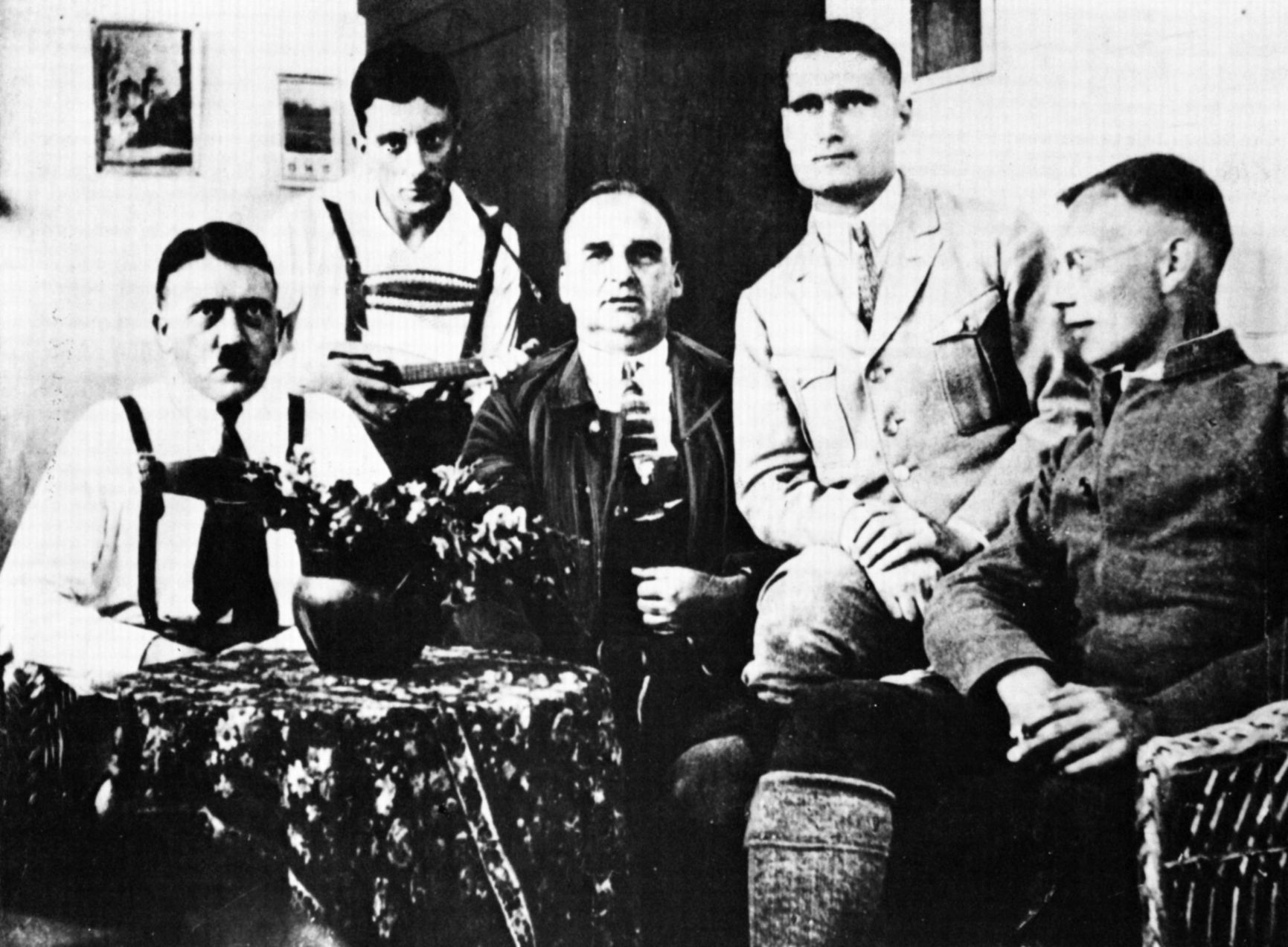
Hess said, “It was my hope to be able to convince the British government how senseless it was to continue this war until both sides were exhausted and brought to the verge of breakdown.” Hess intended to give the British government the chance to declare the following, which he described in his own words: “As a result of discussions with Rudolf Hess, the Government now feel [sic] that the Führer’s offers are sincerely meant. In these circumstances it would be irresponsible to continue the bloodshed without ourselves trying to reach an understanding. We therefore declare our readiness to negotiate.”
Given the circumstances in which Hess undertook this mission, it is not surprising that he managed to catch the entire world off guard. His sudden flight to England shocked Hitler and the world, while at the same instant, it struck a decisive blow to the internal functioning of the party. Hitler, who had not been informed of Hess’s intentions, later declared him to be insane. Hess was, as a result of his flight and subsequent capture by the British, essentially disowned by the Nazis. This was undoubtedly easier for the party to deal with than trying to explain why a sane, high-ranking official would attempt to negotiate with the enemy. Hitler and the Nazi party slandered Hess not only in an effort to disavow any connection with his actions, but also because they were completely confused by the event.
Captivity and Death
For his trouble, Hess became a prisoner of war and was, for the most part, treated as such. Following his capture, he was continually transferred from place to place to dissuade any attempt by the Germans to rescue or assassinate him. One location where Hess was reportedly held was Porth Mawr, a mansion in Crickhowell, Powys, where the British housed troops. The word “Hess” was found scratched into a window pane, evidence of the presence of one of Britain’s most infamous prisoners of war.
Hess was kept under close supervision through the remainder of the war and was put on trial, along with many of his former comrades, at Nuremberg in 1946. His verdict and sentence came on October 1. On that day, Hess was found “Not Guilty of War Crimes and Crimes Against Humanity, but … Guilty of Conspiracy and Crimes Against Peace.” He was sentenced to life imprisonment in Spandau Prison in Berlin. Initially with him at Spandau were six other men. Two of them, Grand Admiral Erich Raeder and Walter Funk, former president of the Reichsbank, would be there for life as well.
By 1966, Hess was the only remaining prisoner in Spandau. The other six men had been either transferred or released upon completion of their sentences. Hess lived out the remainder of his life, another 21 years, alone, as the sole occupant of Spandau. He died on August 17, 1987, at the age of 93. He had apparently hanged himself, although some mystery continues to shroud the circumstances of his death.
Throughout his career as a member of the Nazi Party, until his final days in Spandau, Rudolf Hess remained a loyal follower of Adolf Hitler. Even after the war had ended, Hess stressed his love for the Führer and for Nazi ideals. At the Nuremberg trials, he addressed the court: “I was permitted to work for many years under the greatest son whom my country has brought forth in its thousand-year history. Even if I could, I would not want to erase this period of time from my existence … No matter what human beings do, I shall some day stand before the judgement seat of the Eternal. I shall answer to Him, and I know He will judge me innocent.”
Rudolf Hess made a reputation for himself as both a party leader and a fervent Nazi. Over the course of more than 60 years, he remained loyal to a lost cause and an inherently evil doctrine.
First-time contributor Sherman Gengler is a graduate of the University of Wisconsin-Milwaukee. A resident of West Bend, Wisconsin, he is also an avid collector of antique military equipment and memorabilia.
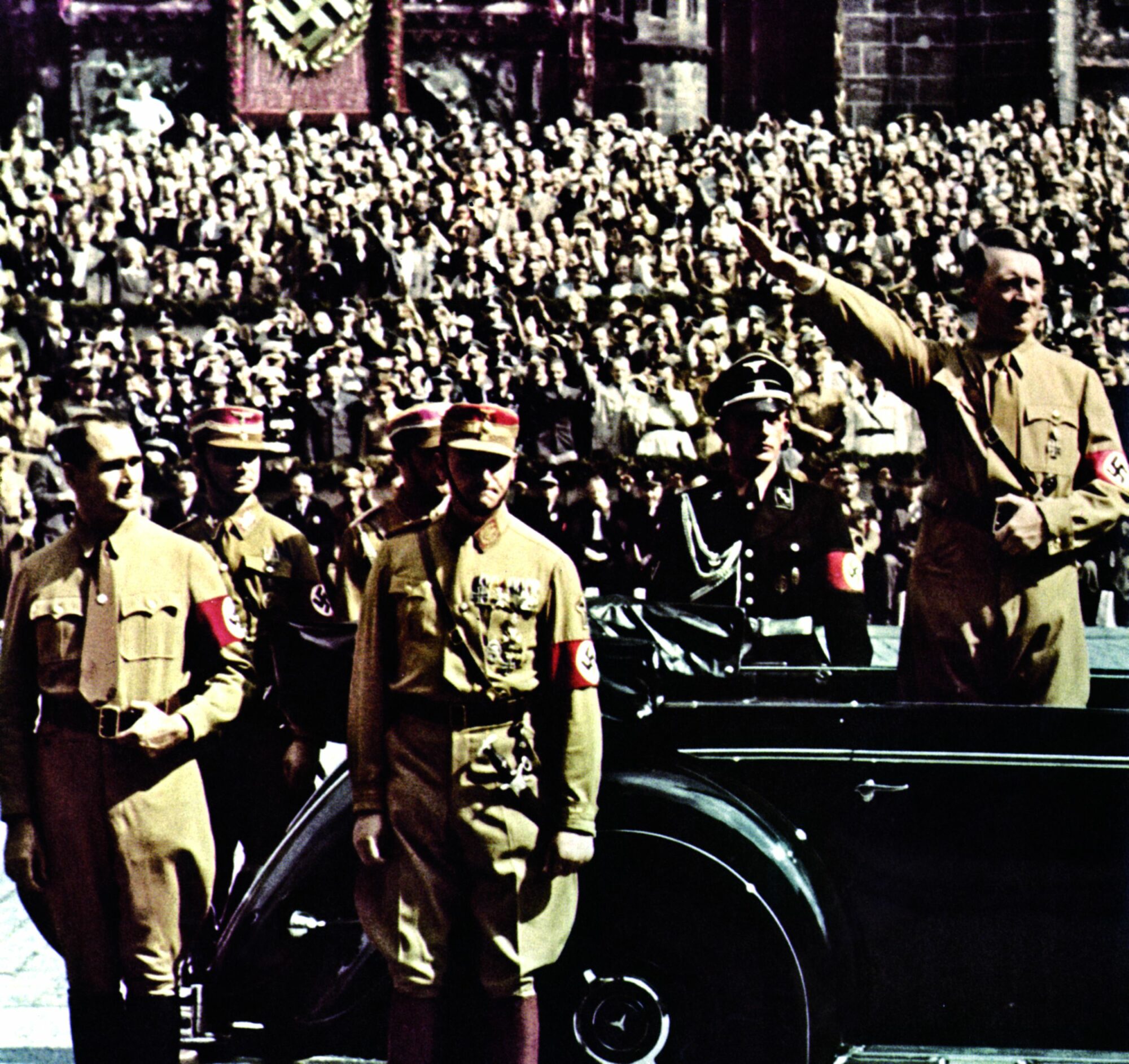

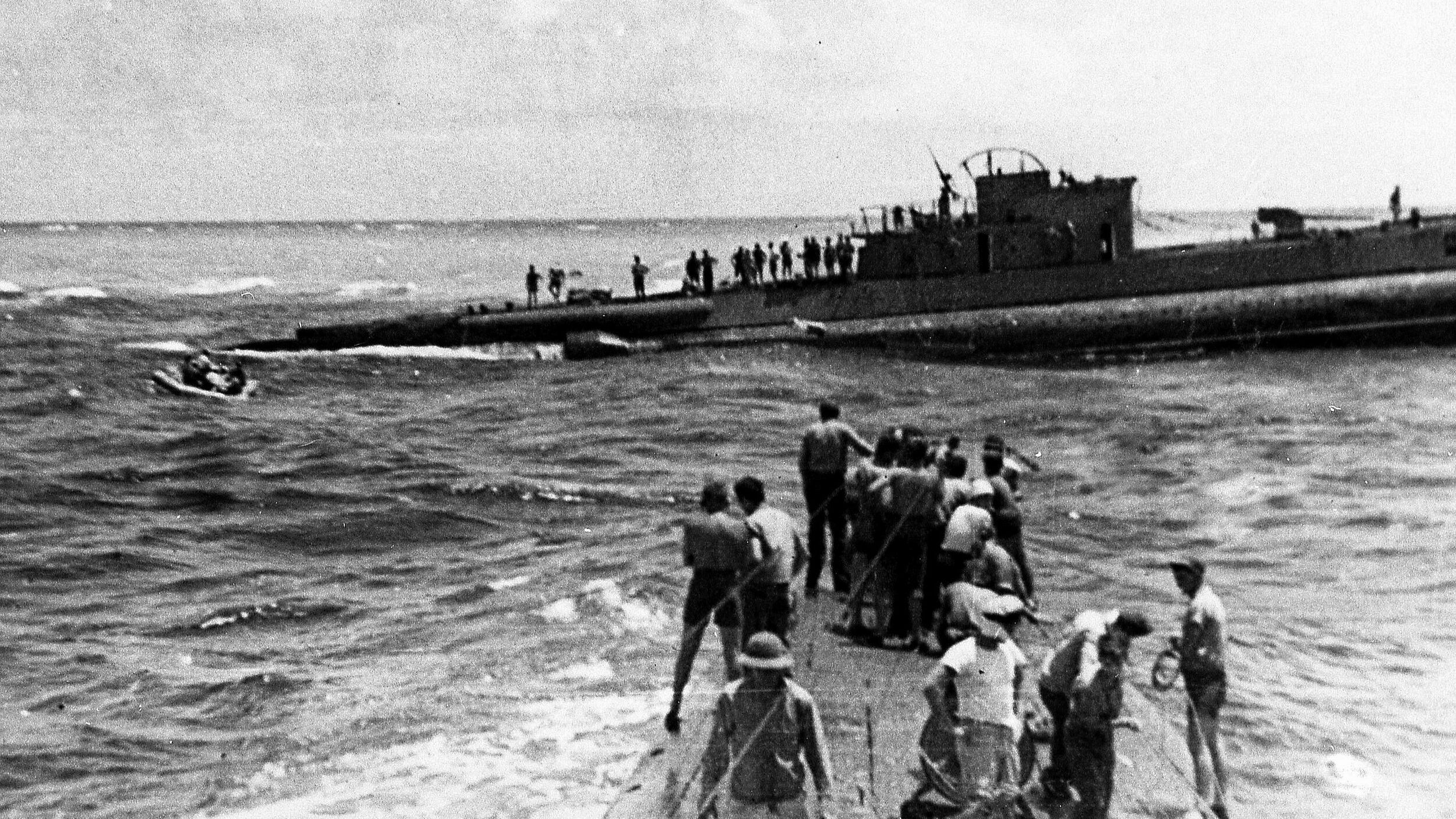
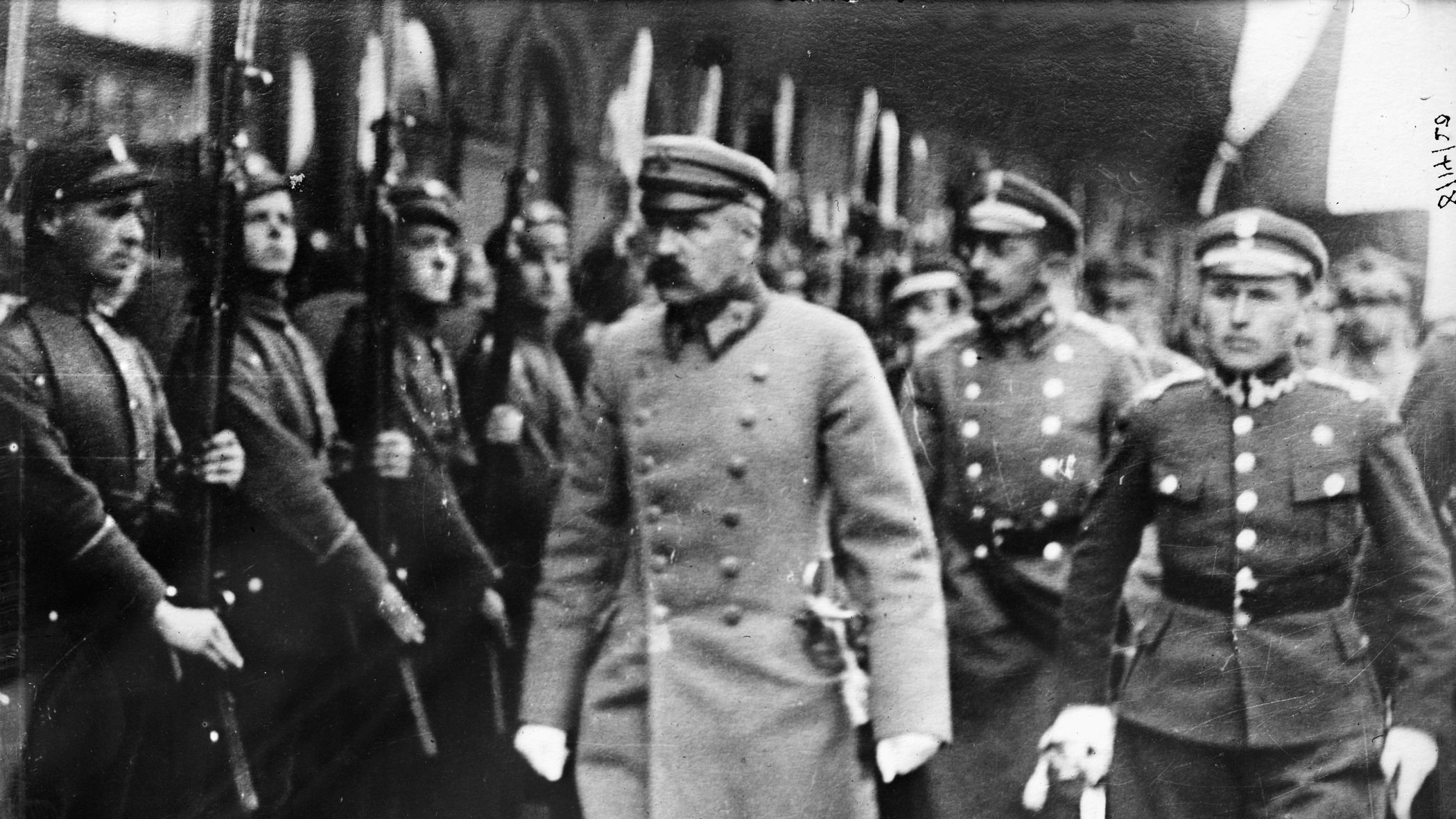
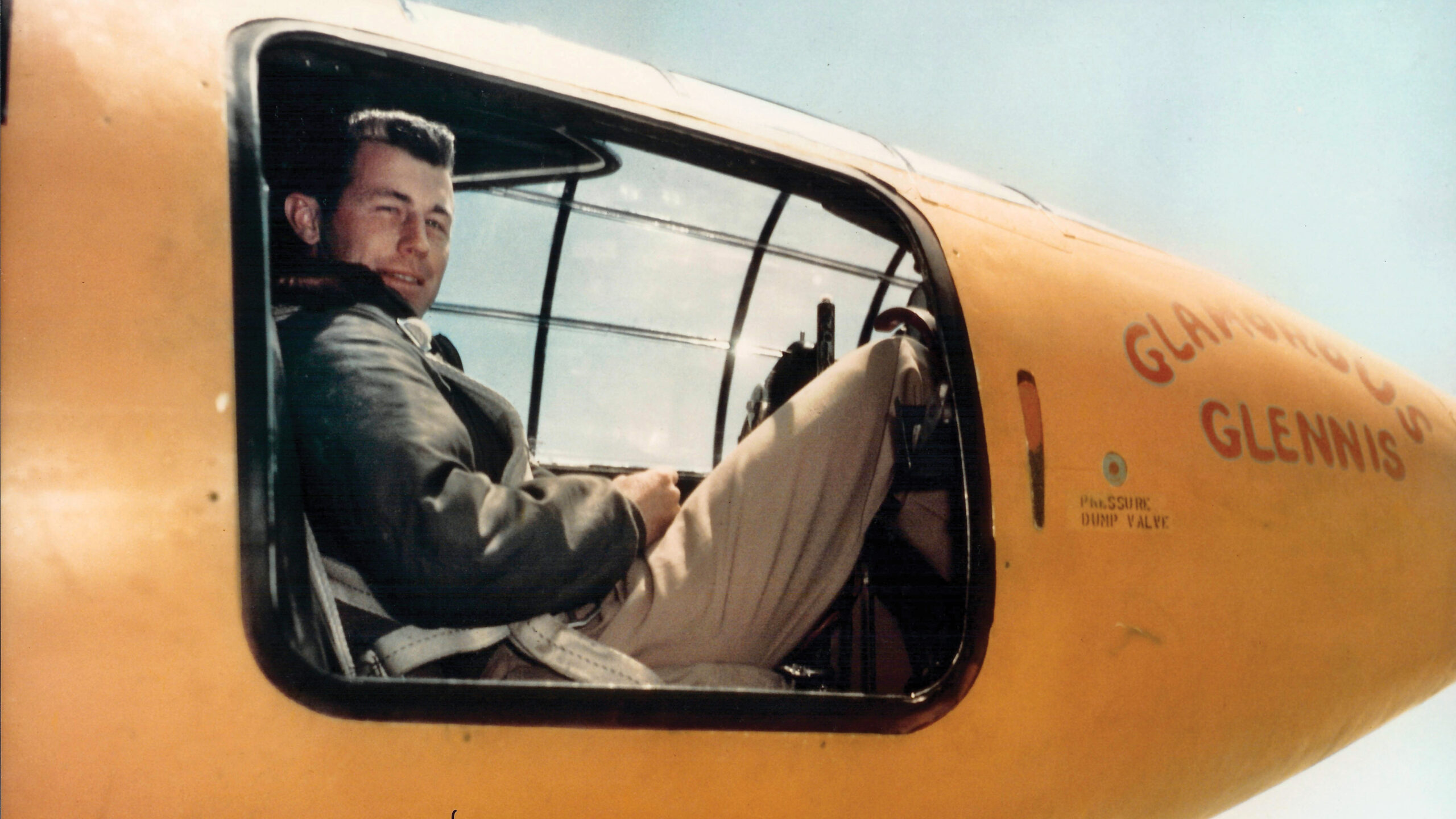
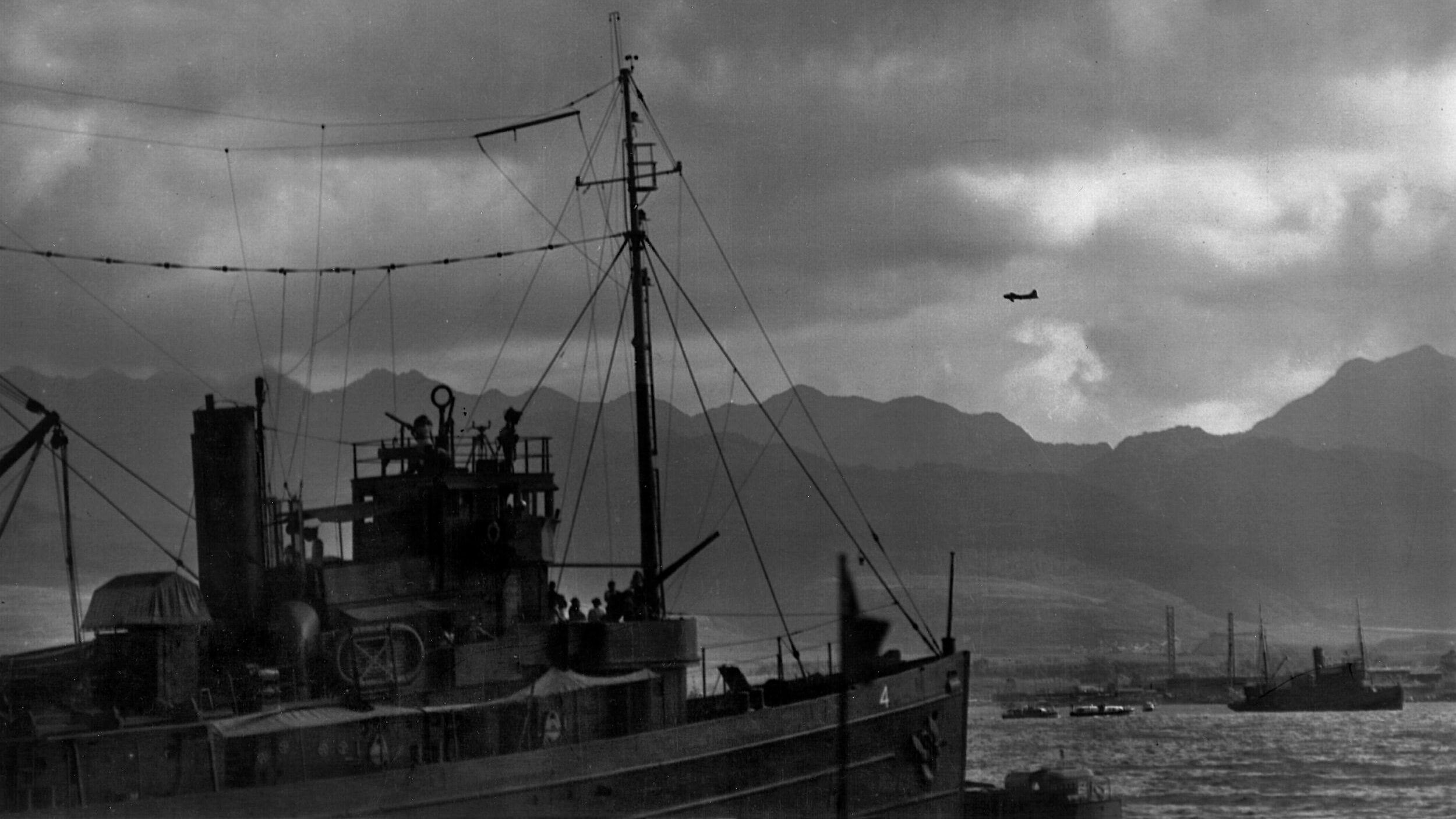
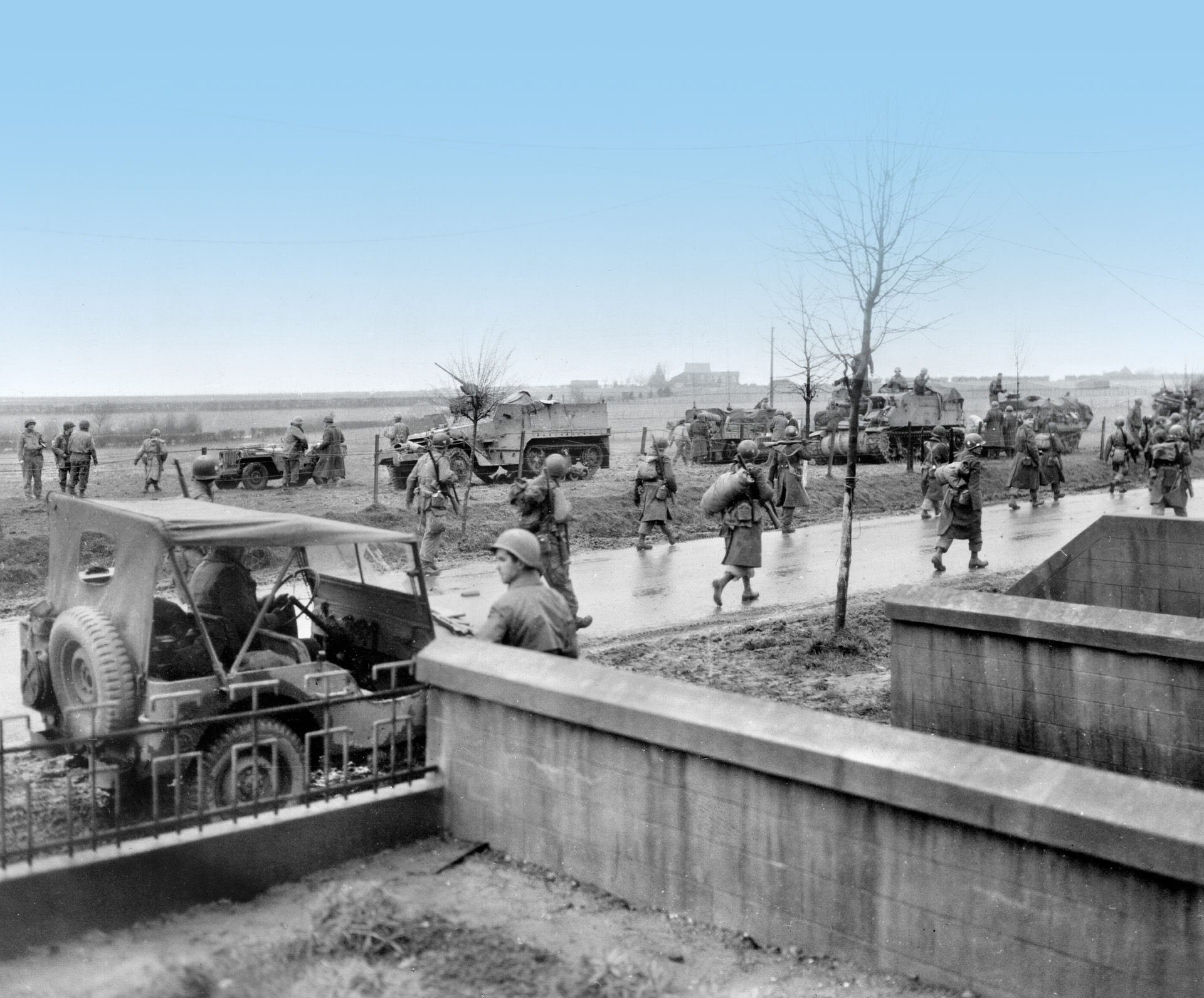
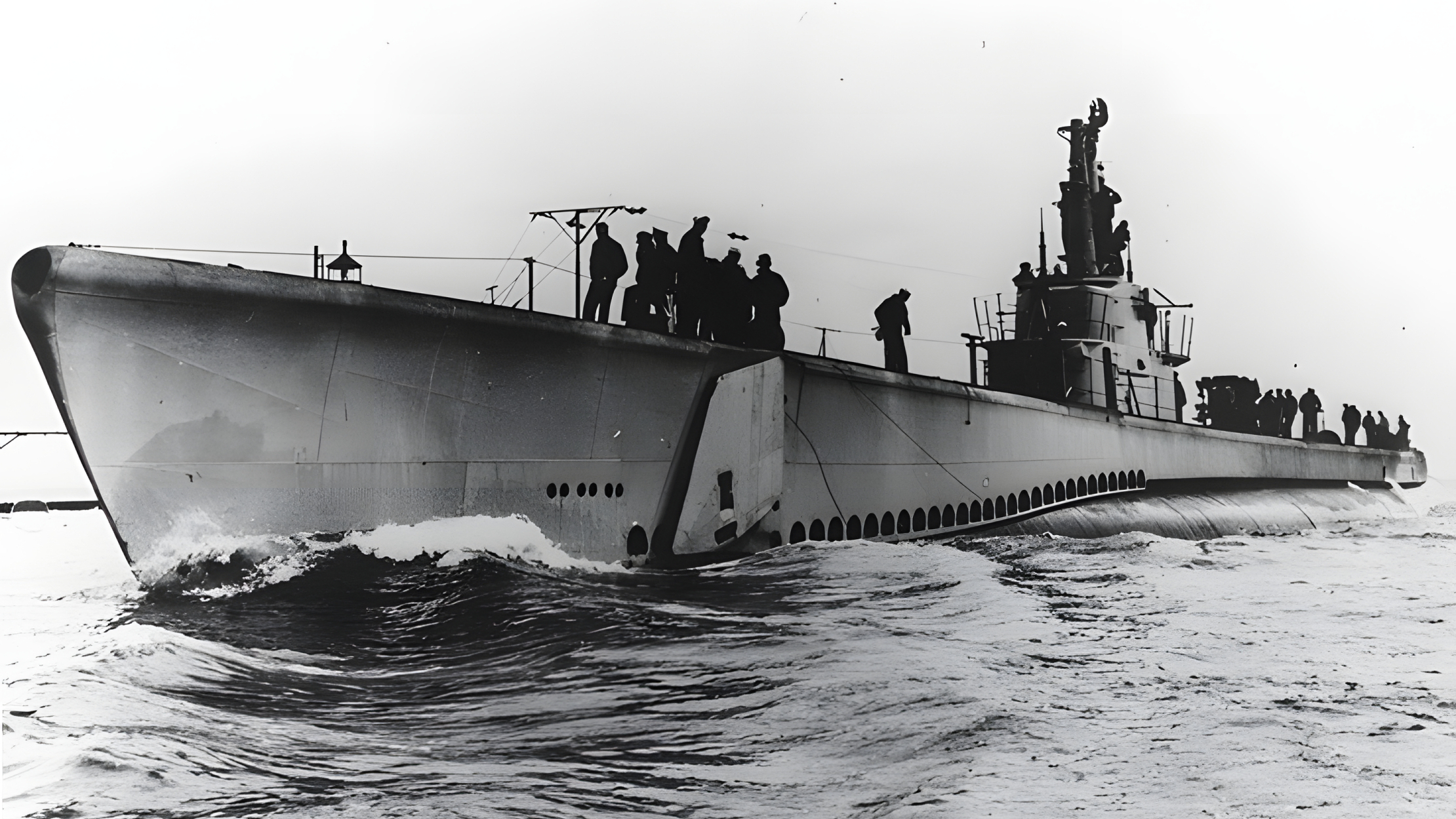
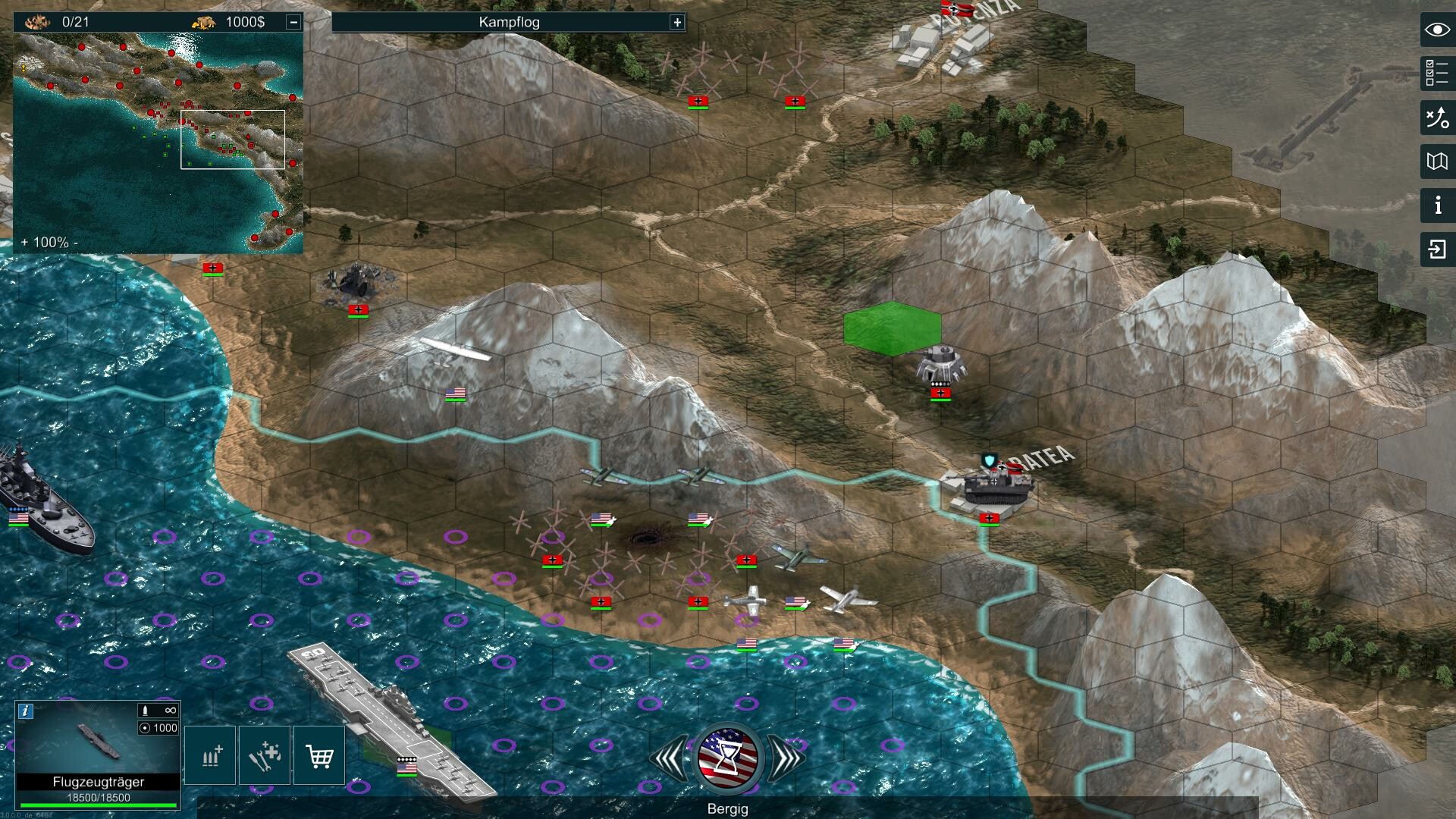
My uncle, Robert Himmler of Oshkosh, Wisconsin, was the personal guard for Rudolf Hess. His anti-aircraft unit was comprised of 1st and 2nd generation German-Americans, all who spoke fluent German. He said that it didn’t take a genius to figure out what their purpose would be after the war. He said that he was chosen to be Hess’ guard because Himmler and Hess didn’t like each other (my mother said that Heinrich Himmler was her cousin).
Bob Himmler had a lot of insights into the prisoners being held for trial at Nuremburg. He considered them all egotistical jerks, especially Goering, who he had several conversations with. My uncle also was able to talk with Himmler’s wife and daughter, which is how they were able to figure out that they were related.
After he came back from the war Bob rarely talked about his experiences. It was only after I approached him about a college project that I was working on that he opened up about what his experiences were. He said the hardest thing he faced was being judged by his last name by other GI’s. Bob Himmler died October 24, 2011.
One has to wonder why Hess was given a life sentence?
Others with a MUCH longer list of crimes were eventually released, why not Hess?